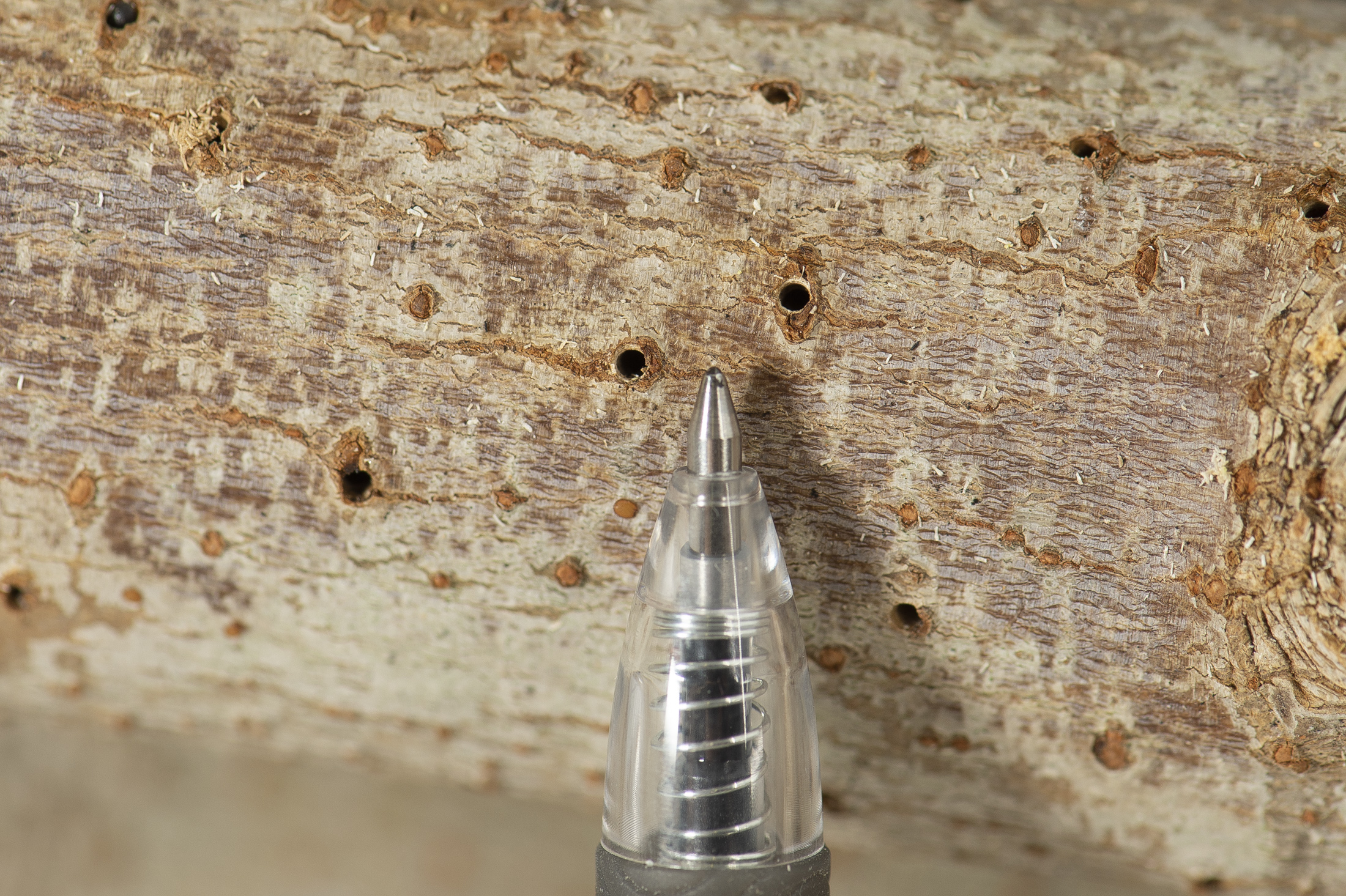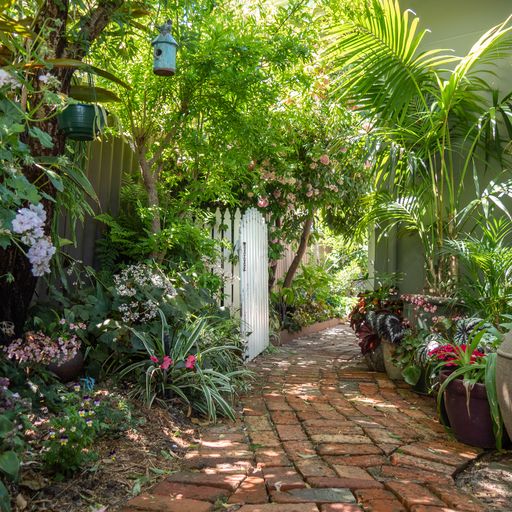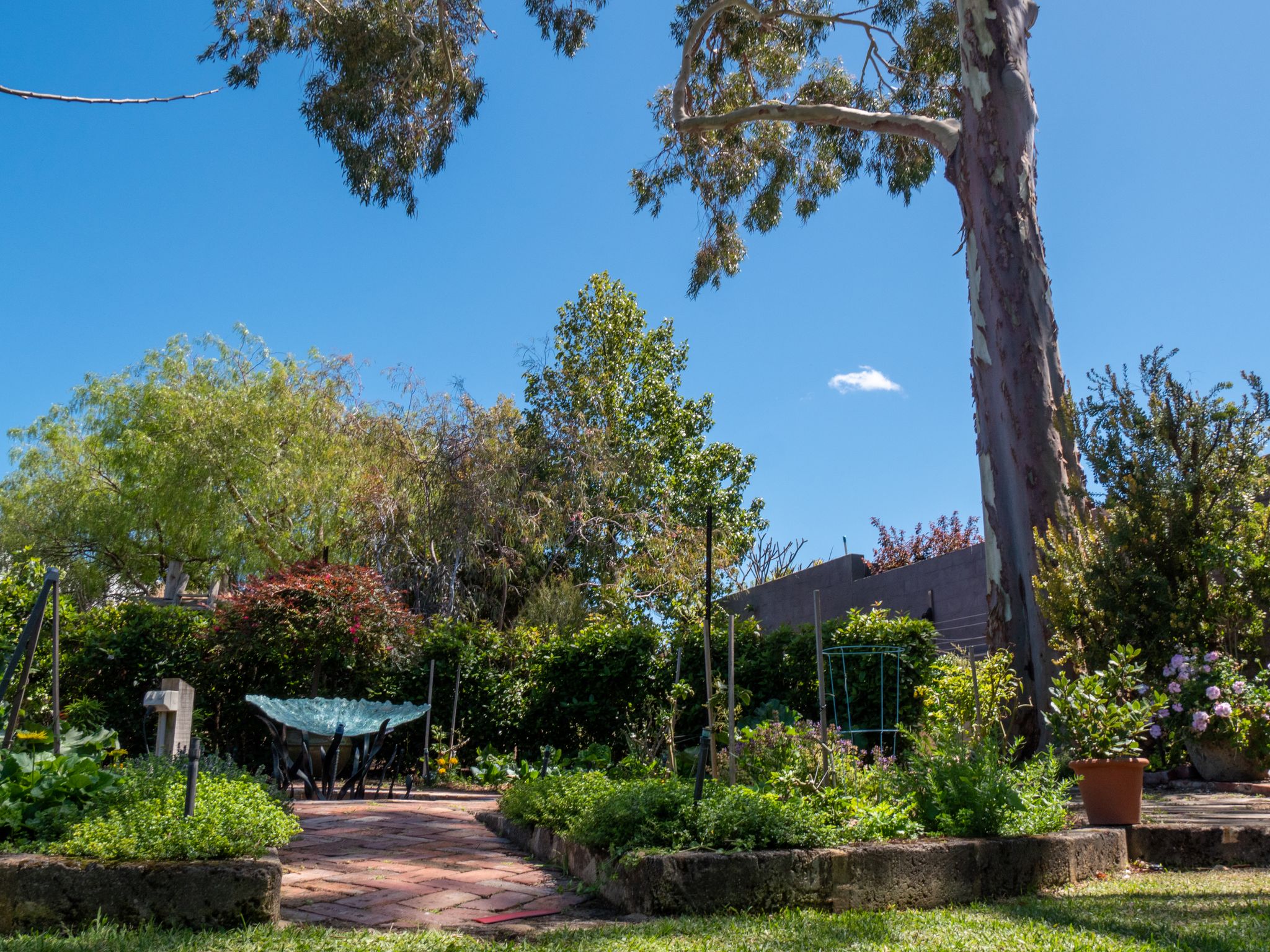I only recently got excited about growing plums a few years ago when I sampled my sisters plums, fresh off the tree. She has quite a few different varieties, Japanese and European plums as she has very cold winters so can grow the high chill hybrids. I hadn’t noticed how pretty the trees were, even without the fruit. They look fantastic when espaliered as a fan.
Plums vary greatly in flavour, colour, texture and scent. They actually quite hardy fruit trees and seem to just carry on in spite of neglect. They don’t really care about the soil type and will deliver dozens and dozens of fruit with little fertilising. There are a few self pollinating plums, but almost all plums need to cross pollinate with another variety to get fruit.
The two most common types of plums grown in WA are the Japanese and European hybrids and varieties. They have different chill requirements, but the least they need is winter temperatures to drop to below 7 degrees in order to achieve fruit set.
Japanese plums (Prunus salicina) are better suited to our warmer climate, as they require a low chill factor in winter. This means they will bear fruit with only 300-900 winter chill hours, depending on the variety. If you live north of Perth with warmer winters the best varieties are Gulf Gold, Gulf Ruby and Gulf Blaze. They will cross-pollinate with each other.
Japanese plums include the very juicy blood plums and need a pollinator. Santa Rosa will pollinate with Mariposa, Ruby Red with Satsuma, Wickson with Santa Rosa and Mariposa with Santa Rosa. They crop fairly early in the season around December through to March and bear heavily.
Japanese plums are not suited to drying, as they tend to ferment when left, but make absolutely divine plum sauce and bottle very well.
European plums have a high chill factor where winter temperatures get below 3 degrees for 800-1200 hours. Certain parts of the Southwest grow these varieties well. They tend to fruit later from January through to April. If you want to dry plums, these are ideal.
Green Gage will cross-pollinate with Golden Gage, Angelina with Robe de Sergeant, and Prune D’Argen with Robe de Sergeant. Damson and Victoria are self-pollinating. Prunes must be left on the tree until they are fully ripened to allow the sugars to develop, then can be spread out on trays to dry.
Plums are relatively pest and disease free except of course for Medfly and Pear and Cherry slug. Apart from that, I think a couple of plums are very worthwhile to add to your orchard.



